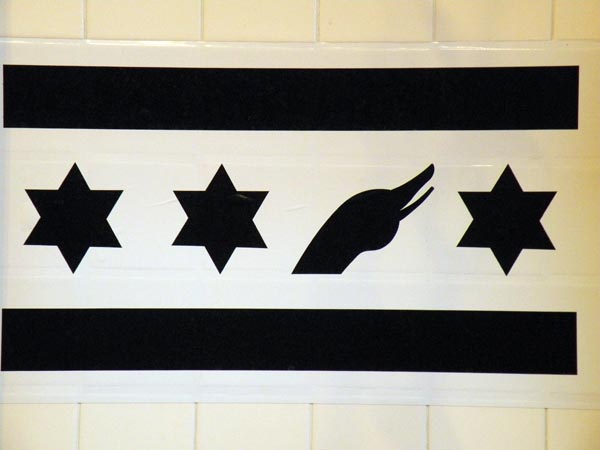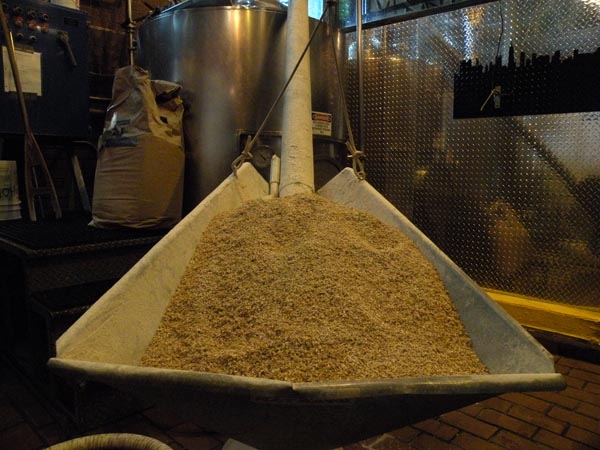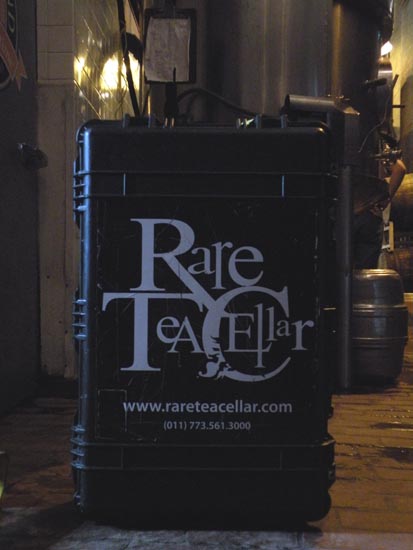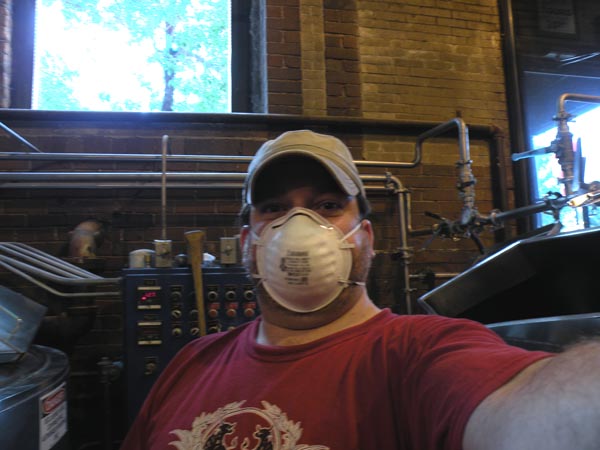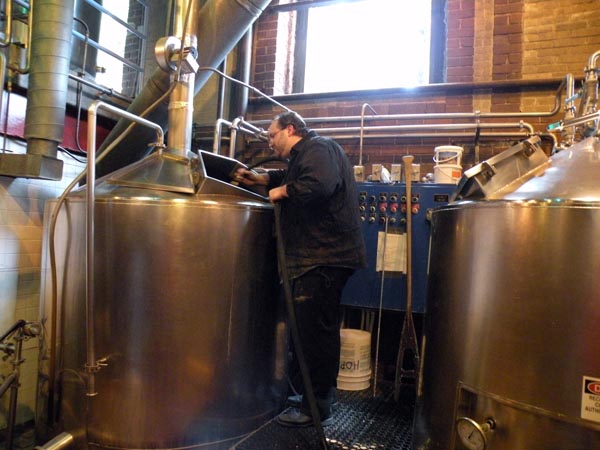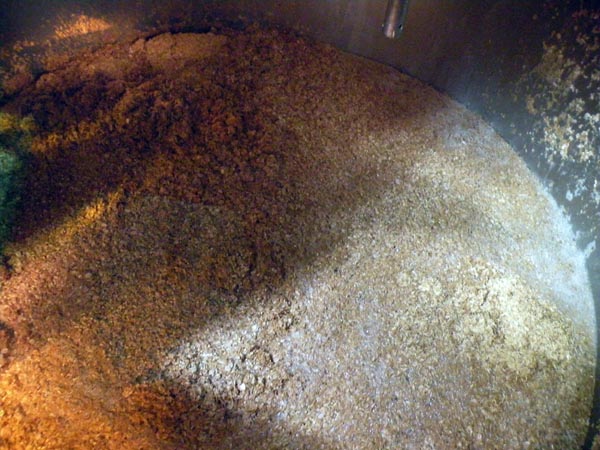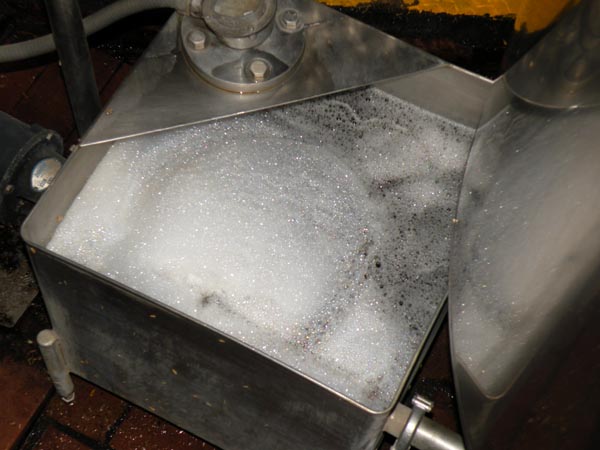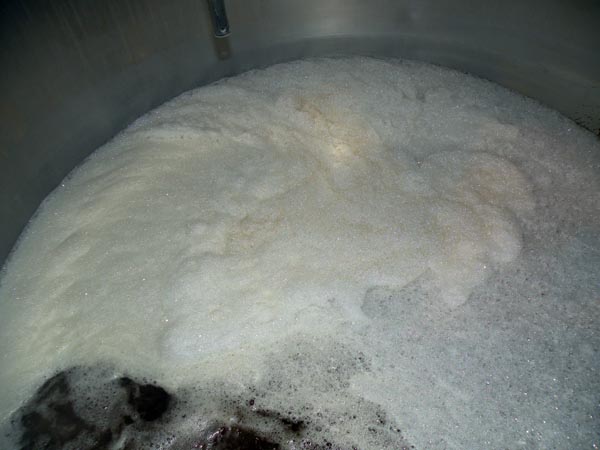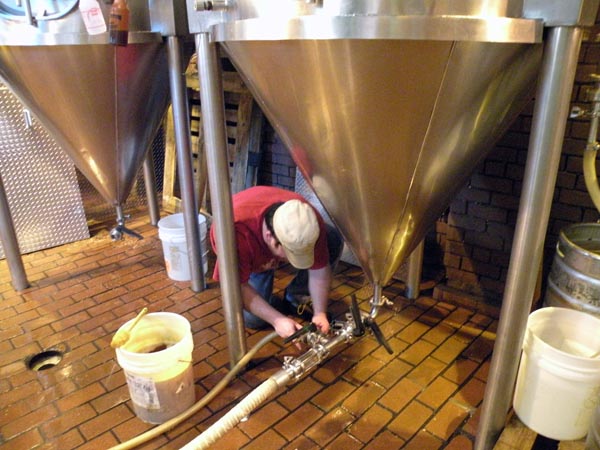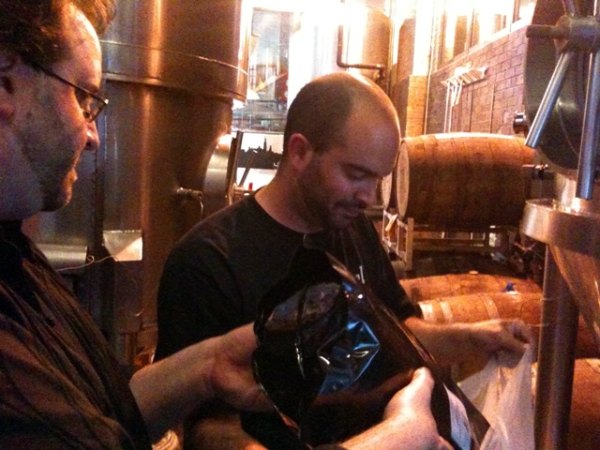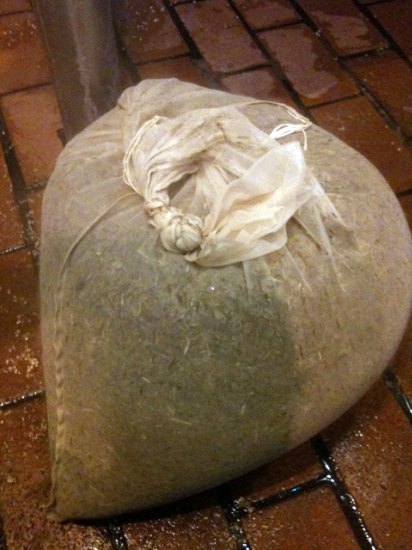Brew Day At Goose Island Clybourn: Part 2
By Chuck Sudo in Food on Jun 14, 2010 4:00PM
(Part 1 of this series can be read here.)
The saison recipe Jared Rouben came up with in the week between our meeting and brew day was a heavy one. The primary malt for this beer was Canadian Pale Ale - 385 pounds worth. Combined with 220 pounds of Canadian Pilsner malt, this was to be the earthy base of the beer. We wanted the beer to have some body and have some thick head when poured, so Rouben included 55 pounds each of rye and wheat malt. Those two malts also add some spice. Both rye and wheat are sticky malts to brew with, so Rouben added 50 pounds of rice hulls to balance out the recipe and so that “we won’t be brewing this beer for twelve hours.”
Once we were ready to boil the wort, Rouben decided to use twelve ounces of Horizon hops for bittering. These would complement the spice imparted from the rye and wheat malts and heighten the brightness of the pale and pilsner malts. For aromatics, we would add six ounces of Citra hops - one of Rouben’s favorite hop varietals - and three ounces of a new hop varietal called Soricahi Ace.
Rod Markus provided the piece de resistance: twelve pounds of Emperor’s Lemon Meritage tea. Markus recommended that we add the tea to the wort at around 200 degrees for best effect.
Markus and I arrived at the brewpub to find Rouben and assistant brewer Todd Britt having set up all the grain in front of the auger, connected to the mash tun. Goose Island Clybourn doesn’t have a miller; they buy their brewer’s grain pre-milled. Rouben had Markus and I tasted each individual grain, so that we knew what each grain was adding to the mix.
Markus’s reaction as we tasted the grains was the most interesting. I could read his face as he picked up familiar notes and flavors on his palate, and he started to see the parallels between brewing beer and brewing tea.
Rouben handed us dust masks, then started filling the mash tun with water. We were going to strike the mash at 165 degrees. When the water in the tun reached the proper level and temperature, Markus fed the grain to the auger. I stood atop the mash tun and added the rice hulls, which were tightly packed and required digging at them with a screwdriver, like a pick, to loosen. Rouben ran between us, keeping tabs on water flow and stirring the grain, while Britt spotted Markus in case he needed to tag out of the grain feeding. It took twenty-five minutes for all the grain to be mixed. Looking at it, I noted that it resembled a large vat of porridge.
The mash would sit for 90 minutes, which gave me time, at Rouben’s direction, to crawl into the whirlpool tank and scrub and rinse the inside walls free of any solid particles that remained from the previous brew. Getting into the tank was easier than getting out. It required a lot of upper body strength, as well as finding firm footing inside the floor of a wet stainless steel tank.
Once the tank was clean to Rouben’s satisfaction, he started the connection process to transfer the wort from the mash tun to the whirlpool tank. It was in this tank that the wort would be sparged and the hops and tea added. Rouben slowly started the flow between the two tanks, meticulously opening the drain valve on the mash tun. “If I open it too fast,” Rouben said, “we’ll run the risk of having the grain collapse right on top of the drain and we’ll trap the wort in the mash tun.”
The transfer of wort from mash tun to whirlpool tank took about an hour. Rouben targeted a gravity of 16 Plato by the time Markus added the Horizon hops. We nailed it. After a quick lunch, we returned and started the preparation for adding the tea. Rouben procured a large cheesecloth sack, to which Markus added the Emperor’s Lemon Meritage tea. Then we tied off the top with several long lengths of rope, effectively making a giant tea bag.
The plan was for Markus to literally steep this giant tea bag for fifteen minutes in the wort during the whirlpool process. Rouben had targeted a wort temperature of 205 degrees, which Markus said would be perfect for the tea to add its flavor and spicing to the mix. While Markus steeped the tea in the wort, Rouben and I prepared the connections to transfer the wort from the whirlpool to a fermentation tank, waiting with saison yeast for the fermentation.
Five minutes into the whirlpool, the indisputable smell of lemon started to fill the brewhouse. The plan was holding up. Ten minutes in, Rouben pulled a sample of wort from the whirlpool to test for final gravity (Rouben was shooting for a final gravity of 15 Plato) and tasting. I assisted Markus with removing the steaming tea bag from the tank. Rouben poured out samples.
The wort was sugary, which was a good sign for fermentation once it met the yeast. There was also a pronounced bitterness from the Horizon hops and an insane lemon flavor. Markus and I both pointed this out, to which Rouben replied, “All that overpowering sweetness and bitterness will be toned down significantly as the beer ferments.”
We decided to meet up three weeks from the brew day to taste out the beer. As of today, we have a week to go.
